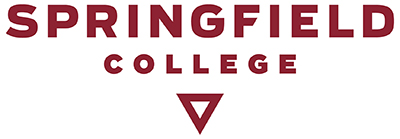Art and Design Outcomes, Careers, and Internships
Springfield College Post-Graduation Outcomes
In a recent survey of 2023-24 graduates, 90% of graduates who responded from our Art and Design, Art Therapy, and Dance programs reported being employed or enrolled in graduate school.
Employers and Job Titles
Here is a sampling of our past graduates employers and job titles.
| Company Name | Job Title | Location |
|---|---|---|
| McDonough Middle School | Staff | Hartford, CT |
| The Drama Studio | Social Media and Marketing Administrator | Springfield, MA |
| CT Parks and Recreation | Art Program Instructor | Waterford, CT |
| Van Sickle Middle School | Art Educator | Springfield, MA |
Career Paths
Students who graduate from our arts and design major can feel confident that they’ll have options when they graduate. While many of our graduates immediately begin a career in the arts, others may choose to continue their education and pursue a multitude of graduate degrees.
- Art Director
- Arts Administrator
- Book Illustrator
- Commercial Artist
- Community Artist
- Creative Director
- Curator
- Digital Asset Manager
- Digital Production Artist
- Digital Production Designer
- Editorial/Publication Designer
- Environmental Designer
- Fine Artist (Painter, Sculptor, Illustrator, or Printmaker)
- Gallery and Museum Technician
- Graphic Designer
- Illustrator
- Infographics Designer
- Medical Illustrator
- Motion Graphics Designer
- Multimedia Designer
- Packaging Designer
- Presentation Designer
- Production Designer
- Social Media Content Creator
- Studio Assistant
- Teacher
- User Experience (UX) Designer
- User Interface (UI) Designer
- Web Designer
Internships
All students in the Art and Design major complete at least one internship as part of their major requirements. Many students choose to complete more than one, and are able use up to 9 credits towards their degree. Additional hands-on experience comes from community arts projects, course assignments that use real-world examples, and experiential learning projects with community partners. Some start as early as their sophomore year. They can take between 3-9 credits of hands-on experience learning.
